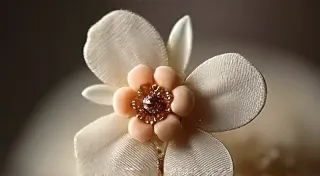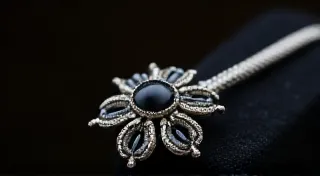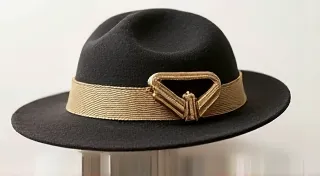The Significance of Mourning Hat Pins: Jet and Black Glass
Hat pins, as a fashionable accessory of the late 19th and early 20th centuries, served many purposes – securing hats, adding flair, and even signifying social status. However, one particularly poignant and historically important category of hat pins reflects a deeply ingrained Victorian custom: mourning jewelry and accessories. These “mourning hat pins,” typically crafted from jet or black glass, were worn to signify grief and remembrance.
The Victorian Obsession with Mourning
The Victorian era (1837-1901) held a unique and elaborate approach to bereavement. Death was a more common occurrence, and open mourning was a deeply observed ritual. Following a death, families observed periods of specific mourning colors and customs. The length of these periods varied depending on the deceased’s relationship to the mourner (closer relationships demanded longer periods of mourning). The social implications of mourning were considerable; adhering to established mourning protocols demonstrated respect for the deceased and upheld societal norms. To fully understand the context, exploring the role of hat pins in Victorian society can provide valuable insights.
Jewelry and accessories played a vital role in this tradition. Mourning jewelry became a significant and visible symbol of grief. While traditionally made from materials like jet (a type of black coal), vulcanized rubber, or even human hair (in earlier periods), black glass became increasingly popular as a more affordable and readily available substitute. This shift in materials reflected broader changes in manufacturing and consumerism during the era.
Jet vs. Black Glass: Understanding the Materials
Let’s delve into the materials commonly found in mourning hat pins:
- Jet: Genuine jet is a fossilized form of peat that has been compressed over millions of years. It’s lightweight, relatively soft, and polishes to a beautiful, deep black sheen. Authentic jet commands a higher value, and identifying it requires some experience. Its lightness, density, and reaction to acid can be clues, but professional appraisal is often best. The value of antique jewelry often depends on the materials used. For a look at materials used in antique hat pins beyond jet and glass, check out this guide.
- Black Glass: Glass, particularly black glass, became a widely adopted alternative to jet. It offered the same visual appearance at a fraction of the cost. Glass is heavier than jet and will not react to acid like jet does. The accessibility and lower cost of black glass made it a popular choice for a wider range of people wanting to participate in mourning rituals.
Determining whether a hat pin is made from jet or black glass is important not only for its value but also for understanding its history. Identifying genuine jet can be challenging and often requires specialized knowledge. Beyond materials, the design and era also influence an antique hat pin's value.
Symbolism in Design
Mourning hat pins were often adorned with specific symbolic elements.
- Laurel Wreaths: Represented remembrance and eternal life. These wreaths evoked the imagery of Roman victory wreaths, repurposed to symbolize the enduring memory of the deceased.
- Wings: Symbolized the soul's ascension to heaven. The depiction of wings often alluded to the spiritual journey and the hope for an afterlife.
- Roses: Often black or shaded to appear dark, roses represented loss and grief. The use of dark hues amplified the somber message conveyed by the hat pin.
- Initials or Names: Engraved initials or names of the deceased were common, creating a personalized memorial. This practice transformed the hat pin into a tangible connection to the lost loved one.
The overall design was intended to be somber and respectful, reflecting the deep sense of loss. The precision of the engraving, the quality of the materials, and the artistic merit of the design all contribute to the hat pin’s significance.
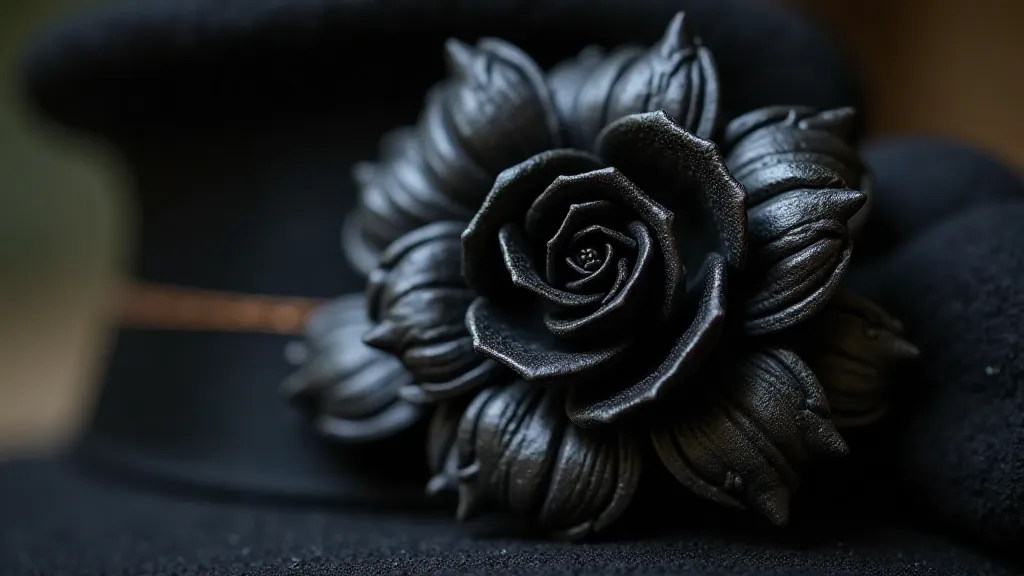
Collecting Mourning Hat Pins
Collecting mourning hat pins offers a fascinating window into Victorian mourning customs and the artistry of the period. It's a niche area of antique collecting with a rich history and cultural significance. When collecting, consider the following:
- Material: Determine if the pin is jet or black glass. The presence of even minor imperfections can also influence value, so careful inspection is essential.
- Condition: Look for cracks, chips, or repairs. Damage, even if repaired, will generally reduce the value.
- Design: Note the symbolism and overall aesthetic. The more intricate and meaningful the design, the more desirable the pin is likely to be.
- Provenance: Any information about the pin’s history can add significant value. Documents, letters, or family stories related to the hat pin can dramatically increase its appeal to collectors.
The appeal of collecting mourning hat pins lies not only in their beauty but also in the stories they tell about a bygone era. These artifacts serve as poignant reminders of the rituals and customs surrounding death and grief in Victorian society. If you're interested in learning more about spotting authentic antiques, it’s important to know how to spot a fake antique hat pin.
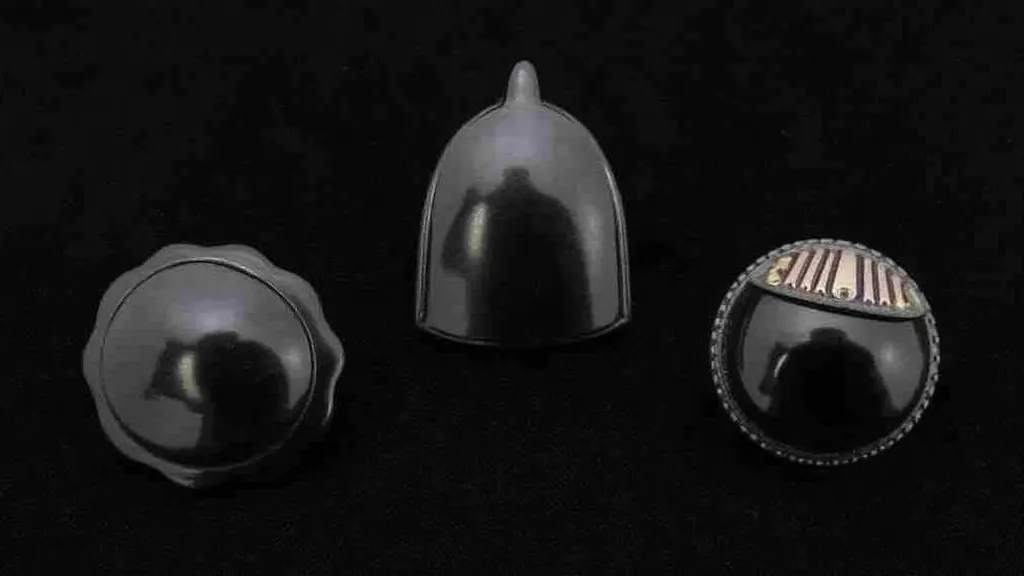
Care and Preservation
Proper care is essential to preserve these delicate heirlooms. Avoid harsh chemicals and direct sunlight, which can cause discoloration and damage. Store them in a protective pouch or box to prevent scratching and damage. Regular gentle cleaning with a soft cloth will help maintain their beauty. Understanding the materials also helps with care; jet, for example, can be more porous than glass. It’s important to handle these pieces with care, knowing they represent a tangible connection to the past.
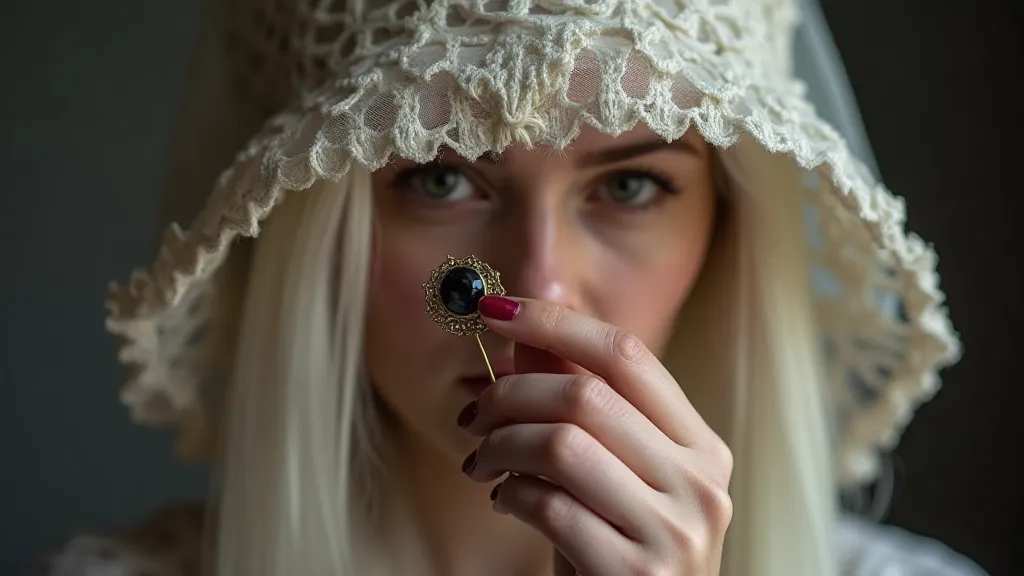
The Evolution of Mourning Hat Pins
While jet was the initially preferred material for mourning jewelry due to its deep black color and association with mourning practices, its scarcity and cost led to the adoption of black glass. However, as time progressed and the Victorian era began to wane, other materials started to make appearances. The Art Deco era, for example, brought a shift towards bolder designs and geometric shapes. While mourning customs became less strict, the craftsmanship and artistry of hat pins continued to evolve, reflecting changing aesthetic preferences. Understanding this evolution requires an appreciation for the diverse styles and periods in hat pin history.
The Social Significance of Hat Pins in Mourning Rituals
In the Victorian era, mourning rituals were elaborate and strictly observed. Wearing mourning hat pins was not merely a fashion statement; it was a public declaration of grief and respect for the deceased. The type of material used, the design, and the way the hat pin was worn all conveyed messages about the mourner’s relationship to the deceased and their adherence to societal norms. The practice extended beyond immediate family members; friends, acquaintances, and even professional colleagues participated in mourning rituals, demonstrating solidarity and support for those in bereavement. The enduring legacy of these customs can be seen in the continued fascination with mourning jewelry and accessories today.
